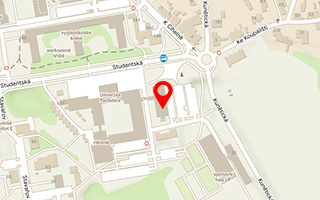Publikace detail
Evidentiality in US Supreme Court opinions: Focus on passive structures with 'say' and 'tell'
Autoři:
Szczyrbak Magdalena Adriana
Rok: 2021
Druh publikace: kapitola v odborné knize
Název zdroje: Law, language and the courtroom : legal linguistics and the discourse of judges
Název nakladatele: Routledge
Místo vydání: London
Strana od-do: 26-38
